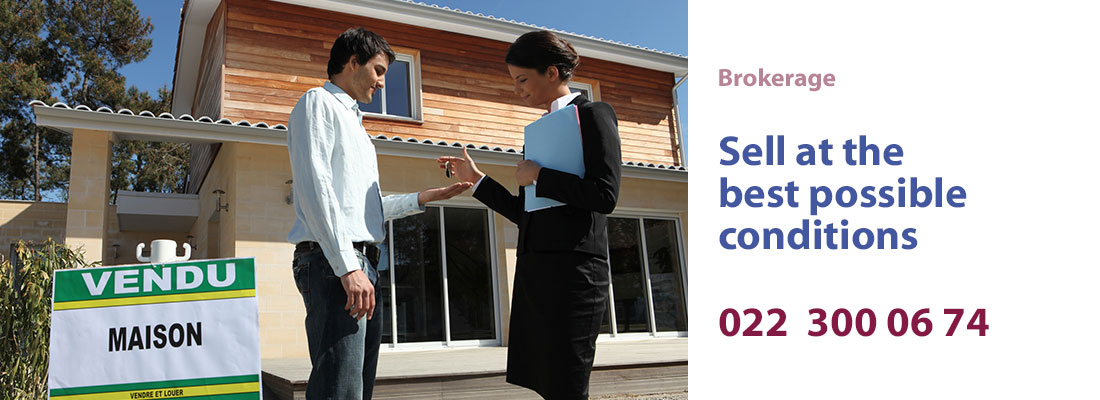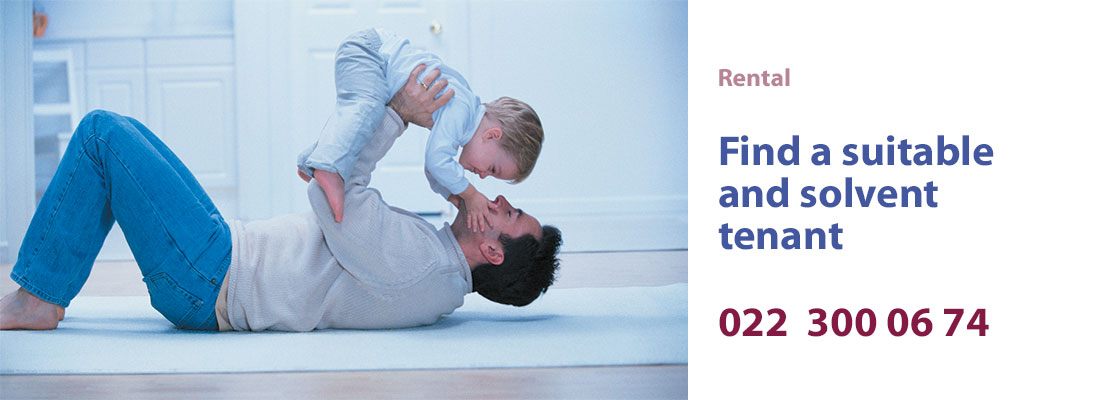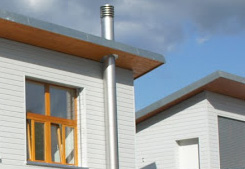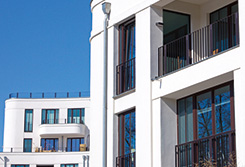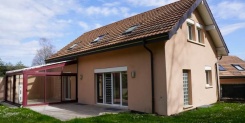Set subtitles in English, please.
The elements of the property
Art. 641 Swiss Civil Code
1. The owner of an object is free to dispose of it as he or she sees fit within the limits of the law.
2. He or she has the right to reclaim it from anyone withholding it from him or her and to protect it against any unwarranted interference.
Co-ownership
Art. 646 Swiss Civil Code
1. Co-ownership exists where several persons own a share in an object which is physically undivided.
2. Unless otherwise stipulated, they are co-owners in equal measure.
3. Each co-owner has the rights and obligations of ownership in respect of his or her share in the object, and said share may be alienated and pledged by him or her, or distrained by his or her creditors.
Condominium
Condominium is a form of co-ownership of immovable property that gives the co-owner the exclusive right to make sole use of specific parts of a building thereon and design the interior of such parts.
The condominium ownership is mainly regulated in chapter III of the Swiss Civil Code, articles 712a to 712t and articles 646 to 650 concerning the co-ownership are also applicable.
Co-ownership shares
The co-ownersip shares are constituted in condominium ownership.The condominium ownership can be vertical or horizontal.The part of a storey must be self-contained with their own access and although separate ancillary rooms are allowed.
The distribution plan
The part of a storey and the common property are drawn in the distribution booklet which is established by an official surveyor. This booklet contains, among other things, the number of the co-ownership shares with the location plan, a plan of the building's elevation, a plan of the condominium units and shares distribution, a table of distribution with the numbers of each co-ownership share, the surfaces and the share of each unit, for example 44/1000. The distribution booklet is sent to the land register and the cadastre and a sheet is created for each unit. The condominium co-ownership is constituted by registration in the land register.
Exclusive right (private right)
The condominium owner has a exclusive right to use, manage and design the structure of his/her own parts of the building as he/she wishes. This use has limitations.He/she must take into account the interests of the other co-owners and must not damage or modify the common areas. General restrictions on land ownership must also be respected, such as the possible use of the building as determined by land use planning law or the obligation to apply for a building permit.
He/she must contribute to the common expenses and the costs of the common administration in proportion to the value of its shares. He/she may participate in meetings of co-owners and has the right to vote. More information on the rights and duties of co-owners and restrictions on use can be found in the explanatory act and in the administrative and user regulations of the co-ownership.
Examples, what the owner is allowed to do inside his co-ownership unit:
- Changing floor and wall coverings in his rooms
- Demolish or add partitions within its unit except load-bearing walls
- Redesign the kitchen
- Encumber its unit with a mortgage, a right of habitation or a right of usufruct
- Conclude a contract with a right of emption or pre-emption
- Rent its property and have it managed by someone of his choice
Special rights of use
Since the part of a storey must be self-contained with its own access, parking spaces and gardens cannot be used as a co-ownership unit. This is the reason why they are usually attributed to co-owners in the form of a servitude of use. Parking spaces are sometimes allocated to units in the by-laws for the administration and use of the condominium or by lease. A closed box or garage can be a co-ownership unit.
Common properties
Certain parts are necessarily common properties, for example:
- The land on which the building stands
- The building right
- The building and the elementary parts of the building
- The foundation
- The exterior walls and facade
- Load-bearing walls
- The separation elements between two levels
- The roof
- Pipes, structures, installations concerning several floor units
The parties may declare other parts of the building to be common, either in the deed of constitution or in a subsequent agreement subject to the form of the authentic instrument. This is often the case for a concierge's apartment or a common games room.
© Written and translated by Esther Lauber, Real Estate Trustee with Advanced Federal Diploma of Professional Education and Training, real estate agent, articles of Swiss Civil Code in official English version from the portal of the Swiss goverment
More information with video that may be of interest to you
Legal regimes for property in Switzerland
Buying a condominium property - documents to check
Buying a flat in the canton of Geneva - good to know
The land register - what is it for?
Set of rules governing administration and use of a condominium





